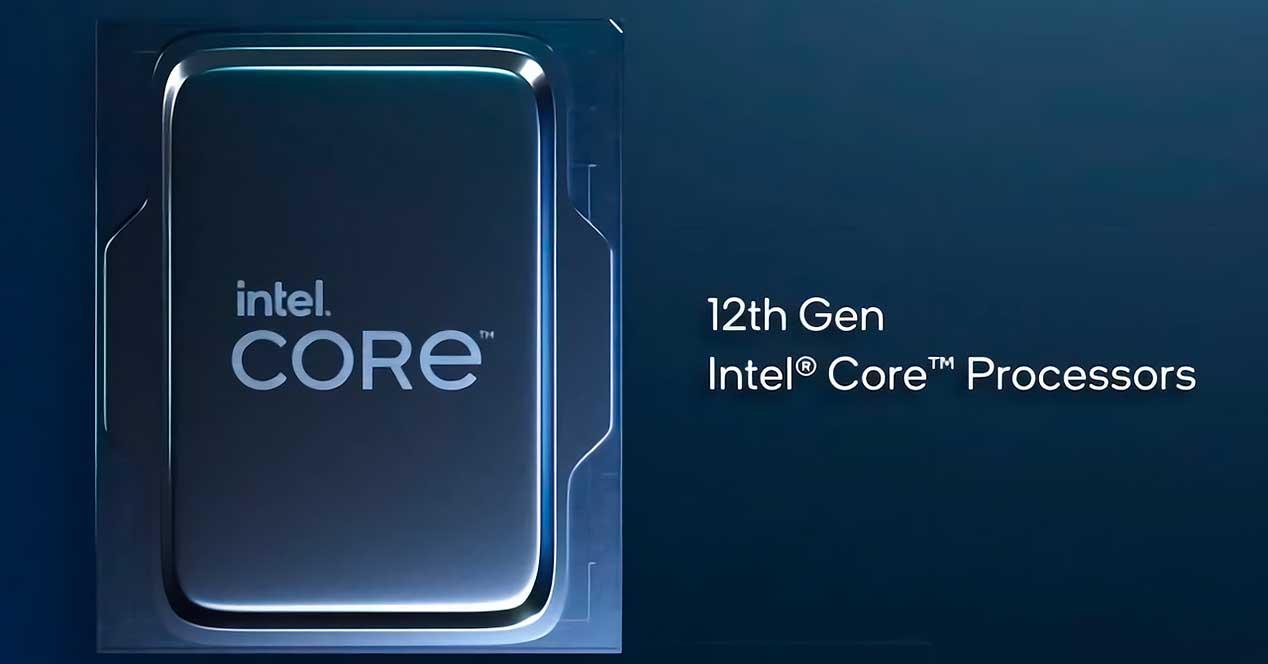The iGPUs are more and more important to the point that the design of the new Zen 4 processors will come with a specific matrix for this purpose. Intel has been integrating it for more than 10 years and it has paid off since more than 60% of current GPUs bear its name. These iGPUs have an Achilles heel: their power, but what if we overclock them to 2.4 GHz? Well, the data from the Intel UHD 770 at least they are controversial.
The iGPU 770 UHD in its most powerful configuration is arguably the most compensated graphics card on the market. First by its nature and second by its efficiency in performance per watt. The problem is, if Intel has moved dangerously close to AMD to the point where the next APUs will have DNA 2
The overclocked UHD 770, how is it evolving?
User SkatterBencher performed a very interesting overclock on the iGPU of his i9-12900K with the Alder Lake architecture, where the results were really interesting, since he achieved nothing less than 2.738 MHz, an increase of none other than the 53% compared to the 1550 MHz in Boost that this iGPU gets.
As we know, this graphics card has 32 EU, which gives a total of 256 ALU, but as we well know they are limited to only 1 5 watts of consumption
| Store | 2.4 GHz overclocking | Difference | |
|---|---|---|---|
| Geekbench 5 OpenCL | 9 641 | 14,410 | 49% |
| Geekbench 5 Vulkan | 9,537 | 14,538 | 52% |
| Furmark 1080p | 925 | 1 411 | 53% |
| AI benchmark | 1,352 | 2,048 | 51% |
| 3DMark Night Raid | 13,441 | 18 965 | 41% |
| Unigine Overlay (720p, Low, OpenGL) | 5,860 | 8,413 | 44% |
| Spaceship (1080p, high) | 14.1 | 22.7 | 61% |
| Bench CS: GO FPS (1080p) | 52.79 | 78.49 | 49% |
| FF XV (standard, 1080p) | 14.55 | 20.48 | 41% |
| Hand brake | 882,277 | 1,015.663 | 15% |
How to get around this restriction? Manually this is not the solution, because the PL2 reduces its performance more quickly, so from the hand of ASUS the Improved multi-core to give you a higher watt GAP.
Increase BCLK to 116 MHz both CPU as iGPU they hit a higher frequency, which together with the voltage increased the frequency to almost 2.4 GHz. But what about the results?
Better benchmark performance, worst game
As can be seen, the data translates into at least a gain of 41%, the oldest being a spectacular 61%, but in synthetic benchmarks. The iGPU doesn’t measure up to a low-end GPU, far from it, but given the increased frequency, it was worth testing at least in some games. The chosen ones were CSGO and Final Fantasy XV, which without being the best options are also valid for seeing the scalability and performance that can be achieved.
The results were 78.49 FPS in CSGO from the stock of 52.79 FPS, which equates to a 49% improvement, while in FFXV the data was worse, because the minimum of 30 FPS was not reached to be able to play, although the performance increased by a 41% a 1080p.
Finally, with Handbrake, performance only increased by 15%. What this data indicates is that Intel’s new architecture does not adapt very well to games, while in the more optimized synthetics it does much better in percentage terms. A bigger battery of tests should be launched to see if the data is still similar in different games and engines, but that’s not a good prognosis for future desktop GPUs.










